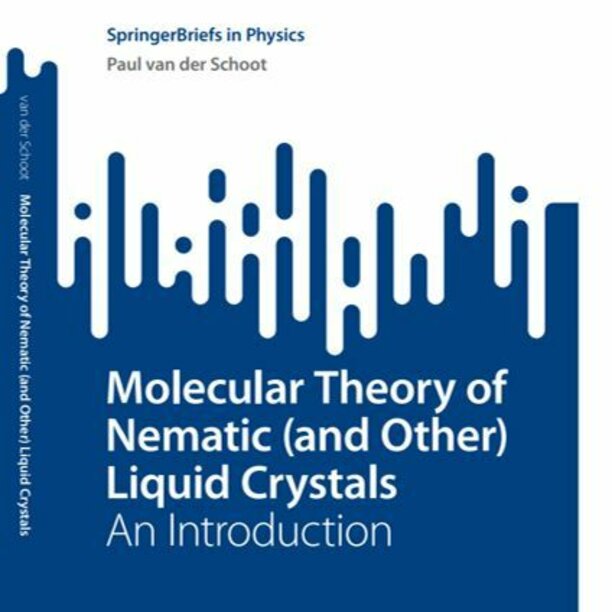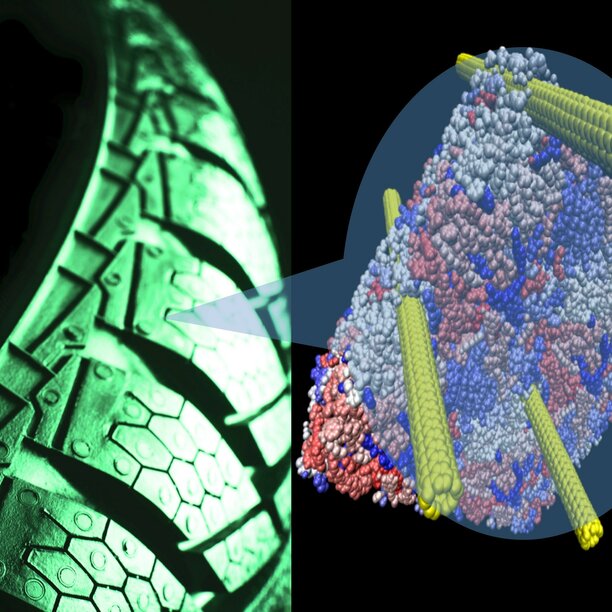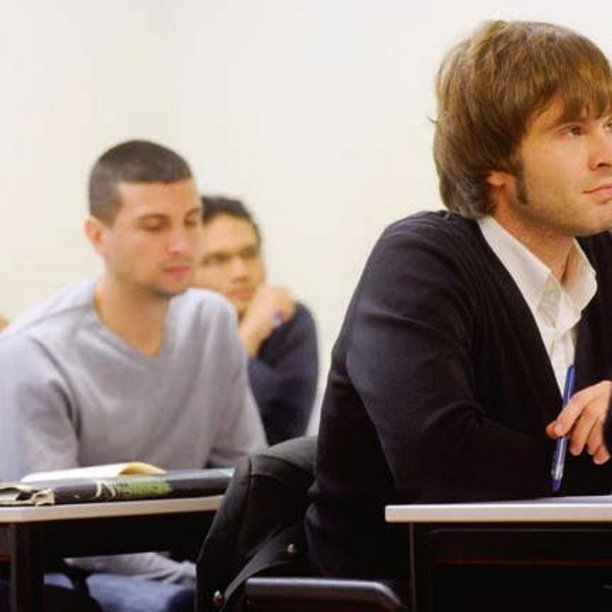Materials you can trust with your life
We study the fundamental processes that organize the assembly, the structure and the mechanical properties of biological and other soft materials. Fundamental and applied research reinforce each other: We figure out how these materials work, and use these insights to develop bio-inspired design strategies to improve and disrupt the development of man-made materials.
Read moreOur PRINCIPAL INVESTIGATORS
Soft Matter and Biological Physics comprises 6 sub groups.
Work with us!
Please check out the TU/e Vacancies page for further opportunities within our group.
News

July 7, 2023
Moving cancer cells in a model
PhD candidate Vincent Debets investigated which elements are important for the movement behavior of a cancer cell.
Read more
![[Translate to English:] [Translate to English:]](https://assets.w3.tue.nl/w/fileadmin/_processed_/9/a/csm_Vidi%20winners%20banner%20image_09c7894485.jpg)
June 29, 2023
Prestigious Vidi-grant for four TU/e researchers
The origins of self-assembly, data visualization, increasing access to affordable medicines, and ultrasound imaging are the topics to receive the NWO funding.
Read more
Meet some of our Researchers
Recent Publications
Our most recent peer reviewed publications
-
Corentin C.L. Laudicina,Ilian Pihlajamaa,Liesbeth M.C. Janssen
zichtbaar op de portal?
Physical Review Research (2023) -
Ilian Pihlajamaa,Corentin C.L. Laudicina,Liesbeth M.C. Janssen
Influence of polydispersity on the relaxation mechanisms of glassy liquids
Physical Review Research (2023) -
Vincent E. Debets,Liesbeth M.C. Janssen
Mode-coupling theory for mixtures of athermal self-propelled particles
Journal of Chemical Physics (2023) -
Giulia Janzen,Vincent E. Debets,Chengjie Luo,Cornelis Storm,Liesbeth M.C. Janssen,Simone Ciarella
Dead or alive
EPL (2023) -
Max Kerr Winter,Ilian Pihlajamaa,Vincent E. Debets,Liesbeth M.C. Janssen
A deep learning approach to the measurement of long-lived memory kernels from generalized Langevin dynamics
Journal of Chemical Physics (2023)
Contact
-
Visiting address
Olivia van HenegouwenFluxGroene Loper 195612 AP EindhovenNetherlands -
Visiting address
Aron van der WalAnnabel de VriesBozkurtboulevard1444TM EexterzandvoortNetherlands -
Postal address
prof. Iris Mol LLBFluxP.O. Box 5135600 MB EindhovenNetherlands -
Postal address
kand. Mohamed Wilmont MANiels KaracaKoçakring3068DL OtterloNetherlands -
Secretarying. Hamza VinkKalloelaan7957DD Haaren
![[Translate to English:] [Translate to English:]](https://assets.w3.tue.nl/w/fileadmin/_processed_/5/6/csm_Theory_of_Polymers_and_Soft_Matter_TPS_2112c2dceb.jpg)









